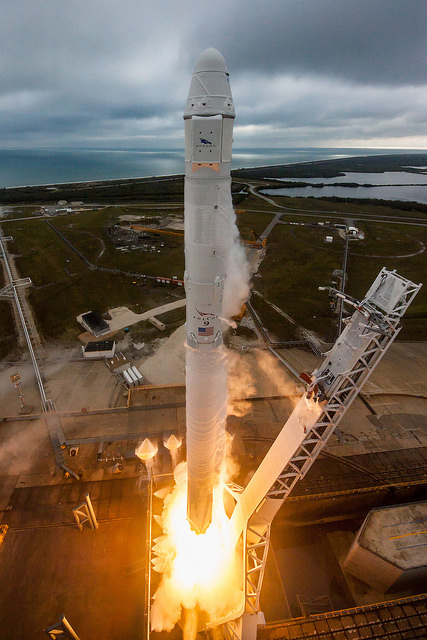
The wide open frontier of space exploration fascinates me:
- An asteroid 124 miles in diameter is richer in minerals that what we have here on earth – picture the value of those resources for building space ships in space
- Five teams from the private sector are in the race to get a team on the moon
- ULA trimming work force – trying to gain price competitiveness?
- India launches 104 satellites from one booster
1/17 – Daily Star – NASA to explore space rock worth so much money it would DESTROY world economy – Ignore the hyperventilating headline.
The underlying substance is of interest. NASA has a 2023 launch scheduled for a probe that will check out asteroid Psyche, which is sitting in the asteroid belt between Mars and Jupiter. It is about 200 kilometers across, or about 124 miles in diameter.
Asteroid Psyche is rich in minerals. How rich? If it all could be brought back to earth and sold at current market prices, it might have something in the range of $10,000 quadrillion of minerals. This is compared to a world economy with $73.7 trillion of production.
Let’s extend the math…one quadrillion is 1,000 trillion. So $10,000 quadrillion is $10,000,000 trillion. That would be 137,000 times more value in the rock than the world economy.
Don’t worry though.
The challenge is iron ore and even gold isn’t dense enough in value to be worth pulling any of it back to earth for sale.
Also, the probe, which will go up in 2023, won’t reach the asteroid until 2030.
What is the point?
Instead of pulling that back to earth, think manufacturing spaceships in space, pulling all the raw material from an asteroid. The minerals there could be mined for a small fraction of the cost of lifting material into orbit.
1/24 – Reuters – Five teams vying for Google prize to land spacecraft on the moon – First place prize is $20M for the team that lands on the moon. Five private sectors teams are still in the running.
The teams are based in Florida, Israel, India, and Japan, with one international team.
Each team has meet certain capacity demonstration milemarks.
Lift vehicles include SpaceX Falcon 9, two on a PSLV from India, Rocket Lab’s Electron, and Interorbital Systems’ Neptune.
2/3 – Behind the Black – ULA to trim workforce again – There will be another round of staffing cuts in 2017 following up on ULA’s previous cut in 2016 of 350 positions. BtB sees this as a positive indicator because ULA will try to be price competitive.
2/14 – NASA Spaceflight – India’s PSLV deploys a record 104 satellites – India successfully launched a reconnaissance satellite into orbit along with 103 other satellites. This is the record for the number of sats on one launch, with the previous record of 38 in 2014.
This is the 39th launch of the Polar Satellite Launch Vehicle.
Very cool.